One necessary step to slow the pace of climate change is to reduce our global CO2 emissions. In order to achieve this, one area we should look at is the way in which we move around. While the electrification of cars is already a reality, and many people are already choosing to purchase either fully electric or hybrid vehicles, the field of aviation is still progressing in this area due to the current endurance levels of batteries.
One aviation company working towards greater sustainability in the industry, Pipistrel, is already producing a small electric plane that could either be used for leisure or training. It is working to leverage the company’s in-house skills and technological knowledge in partnership with Uber to deliver eVTOL electric take-off and landing vehicles for urban mobility. Other sustainable aviation companies, Zunum Aero and Ampaire, are working to deliver larger planes that would be able to fly regional routes on hybrid or fully electric propulsion. Considering that the technology presently used on these routes is neither the newest nor the most energy-efficient, these companies could end up being total game-changers in the aviation industry.
At Impakter, we believe that achieving sustainable means to move around is crucial for our future. As such, we are catching up again with Kevin Noertker CEO of Ampaire, Ivo Boscarol CEO of Pipistrel, and Sandi Adam CMO of Zunum Aero, which we have previously interviewed, to get some updates on their respective projects.
AMPAIRE
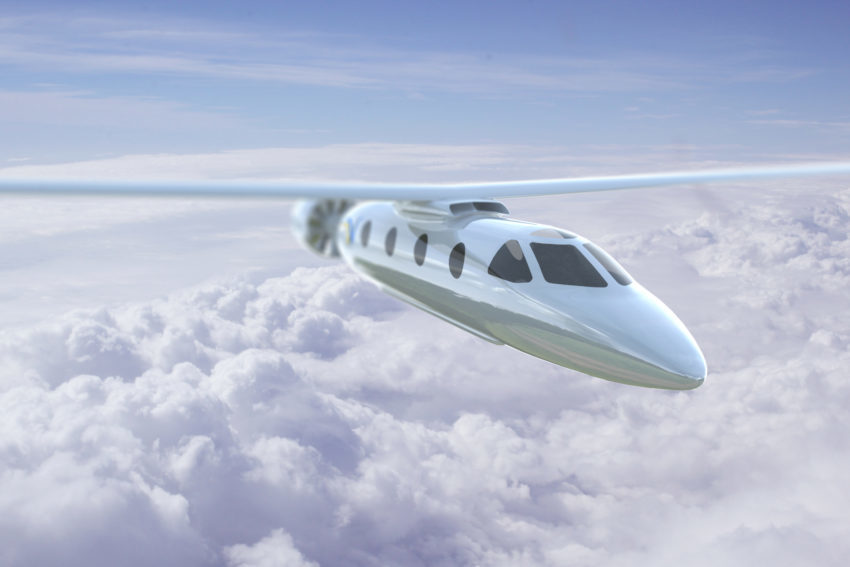
IN THE PHOTO: Ampaire’s Electric Plane: The TailWind. PHOTO CREDIT: Ampaire.
The Latest Updates:
KEVIN NOERTKER: We’re funded through our next major milestones. We received additional funding to get our first conversion aircraft built and flying.
We’re not just talking about it, we’re doing it. Our first full-size aircraft is slated to fly by the end of this year.
We have the team to get it done. We added the former Boeing Director of Research & Technology, Dr. Susan Ying, to our team. We also added the former CTO of Orbital ATK, Antonio Elias, as an investor and board observer. Our team is leading the charge, and we’re hiring.
We’ve been accepted into the Techstars Energy program, and our leadership team will have a presence full-time in Oslo, Norway for the remainder of 2018. Norway is the first country in the world to commit to going fully-electric with domestic air-travel, and we intend to make their vision a reality.
We have officially joined the Starburst Accelerator, the world’s strongest network for aerospace startup companies.
 IN THE PHOTO: Ampaire’s Electric Plane: The TailWind. PHOTO CREDIT: Ampaire.
IN THE PHOTO: Ampaire’s Electric Plane: The TailWind. PHOTO CREDIT: Ampaire.
The Next Steps:
KEVIN NOERTKER: Our Ampaire “Flight Plan” is a pragmatic, step-by-step, scalable plan to give us the fastest, leanest pathway to quiet, clean, safe, reliable , affordable commercial electric aircraft in the shortest time possible.
Our technical team is laser focused on our flight test program. We’re developing all-electric powertrains and a hybrid aircraft equal in performance to existing turboprops.
Our business development team is engaged across the globe with early adopters for commercial electric aircraft.
After our first flight, we’ll be raising additional funding to take our product through certification.
The Future:
KEVIN NOERTKER: We’ll have a plane with a high-power electric powertrain in the air this year. It will be the largest (by weight) hybrid-electric aircraft to have ever flown.
We’ll be flying hundreds of hours on a soon-to-be-announced pilot project starting in 2019.
PIPISTREL
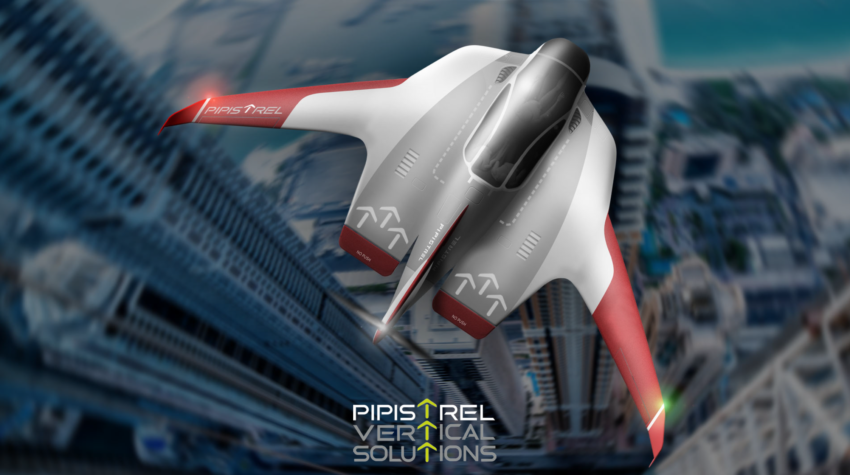
IN THE PHOTO: Rendering of Pipistrel eVTOL for Uber. PHOTO CREDIT: Pipistrel.
The Latest Updates:
IVO BOSCAROL: We are finalizing the certification for the first ever fully EASA-Type certified electric aircraft. We plan to get the TC for our electric trainer in December and start with next year the deliveries to the schools, as the greenest and quietest trainer in the aviation history.
The Next Steps:
IVO BOSCAROL: We are in the middle of the design-process of a VTOL – vertical take-off and landing vehicle – for Uber. It was introduced to the general public during UBER’s second Annual Elevate Summit. The new aircraft utilizes dedicated propulsion systems for cruising and vertical lift and embraces an aircraft styled family approach of eVTOL able to carry between two and five people. The prototype will start flying in 2020.
Pipistrel is not trying to reinvent the helicopter by giving the vehicle many rotors. We are instead embracing dedicated propulsion solutions for cruising and vertical lift with built-in scaling capability for a family of vehicles with two to six seats. Pairing an innovative integrated vertical lift system, which is quiet and efficient, with highly aerodynamic wings, results in a new class of eVTOL which maximizes high-speed cruise performance and dramatically lowers cost of operation for a clear advantage to UBER Elevate passengers.
UBER is planning to operate a network of small, electric aircraft in numerous cities around the globe to enable four-person ridesharing flights in densely populated urban regions. These electric (eVTOLs) are quieter, safer, more affordable and more environmentally-friendly compared to helicopters.
Mark Moore, UBER’s Director of Engineering – Elevate Vehicle Systems said: “Pipistrel has been one of the pioneers in electric aircraft development, initiating the age of electric flight. As an Uber Elevate partner, their eVTOL concept is pushing towards the next generation of Distributed Electric Propulsion. We’re thrilled to continue our work with Pipistrel, and look forward to bringing this concept to the Elevate network.”
 IN THE PHOTO: One of Pipistrel’s electric planes. PHOTO CREDIT: Pipistrel.
IN THE PHOTO: One of Pipistrel’s electric planes. PHOTO CREDIT: Pipistrel.
The Future:
IVO BOSCAROL: We will start the deliveries of the tailor-made airport chargers for electric aircraft. This innovative charging station will be able to charge two or four planes simultaneously with an exceptionally long cable.
ZUNUM AERO
 IN THE PHOTO: Rendering of Zunum Aero’s plane. PHOTO CREDIT: Zunum Aero
IN THE PHOTO: Rendering of Zunum Aero’s plane. PHOTO CREDIT: Zunum Aero
The Latest Updates:
SANDY ADAM: When we first announced the idea of an electric commercial aircraft, we captured the imagination of millions across the globe as the realization hit that the technology was readily available to execute against such a prospect. Recently, we’ve moved beyond that initial stage and closer to implementation. We have partnered with government entities – like the state of Washington, as well as the parliament in Norway – to help drive and justify legislation driving toward a short-term reduction and eventual elimination of emissions in regional flight. Both of those bodies have passed legislation related to that topic since.
In May 2018 we announced that we had secured our launch customer: JetSuite, a provider of regional business air travel, committed to buying up to 100 of our initial aircraft. The driving force: the fact that we were able to offer unparalleled economics – making the operation of our aircraft 50-80% lower than comparable aircraft today.
We are on track with our key milestones, with ground tests this year and flight-testing next year, looking to deliver our first aircraft in the early 2020s.
The Next Steps:
SANDY ADAM: Near-term testing milestones include further ground testing of the power system throughout 2018 and early 2019.
We will continue to build out the organization, which has grown significantly as we continue to assemble a team of the most experienced talent in the electric aviation industry, drawing from alumni of aerospace juggernauts such as United Technologies, Rolls Royce, GE, and Safran.
We will continue to work with the FAA on our path toward certification.
 IN THE PHOTO: Rendering of Zunum Aero’s plane. PHOTO CREDIT: Zunum Aero.
IN THE PHOTO: Rendering of Zunum Aero’s plane. PHOTO CREDIT: Zunum Aero.
The Future:
SANDY ADAM: We will continue to work with strategic partners as we move further along the path toward aircraft delivery.
We’re pushing toward flight testing in mid-2019. The modifications of the test aircraft, the “flying testbed,” began on schedule earlier this year, and we’re anticipating a series of flights in the back half of 2019.
The flying testbed will continue to be upgraded with successive power and propulsion prototypes leading all the way up to final certification.



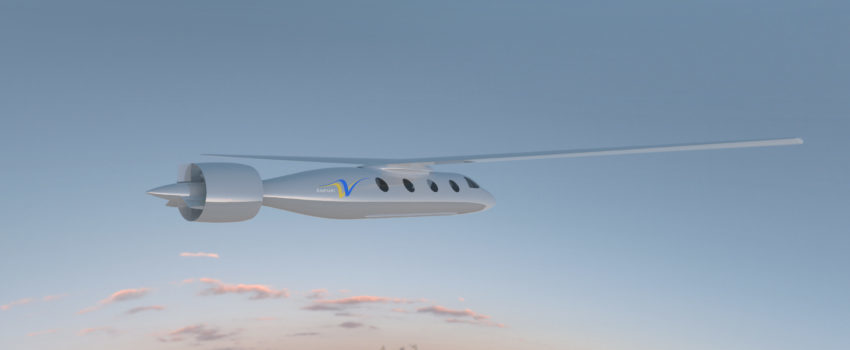 IN THE PHOTO: Ampaire’s Electric Plane: The TailWind. PHOTO CREDIT:
IN THE PHOTO: Ampaire’s Electric Plane: The TailWind. PHOTO CREDIT:  IN THE PHOTO: One of Pipistrel’s electric planes. PHOTO CREDIT:
IN THE PHOTO: One of Pipistrel’s electric planes. PHOTO CREDIT: 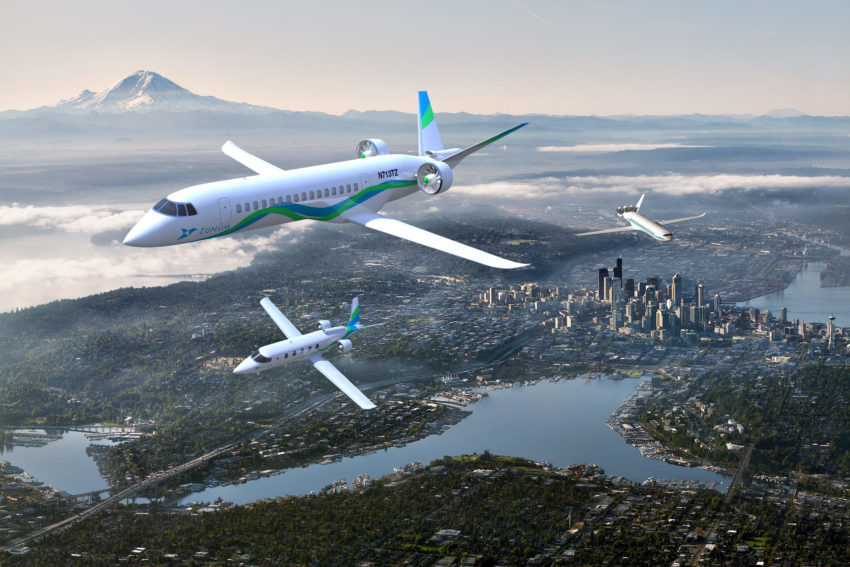 IN THE PHOTO: Rendering of Zunum Aero’s plane. PHOTO CREDIT:
IN THE PHOTO: Rendering of Zunum Aero’s plane. PHOTO CREDIT: 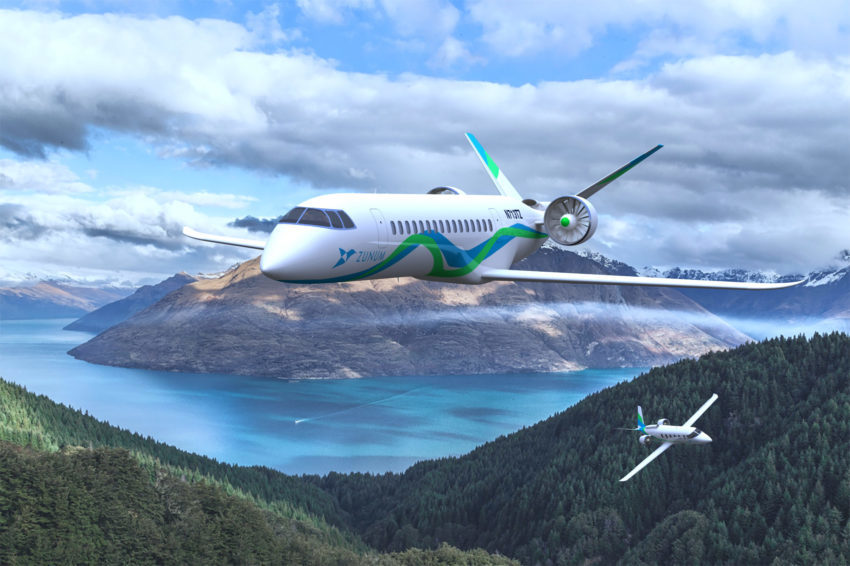 IN THE PHOTO: Rendering of Zunum Aero’s plane. PHOTO CREDIT:
IN THE PHOTO: Rendering of Zunum Aero’s plane. PHOTO CREDIT: 





